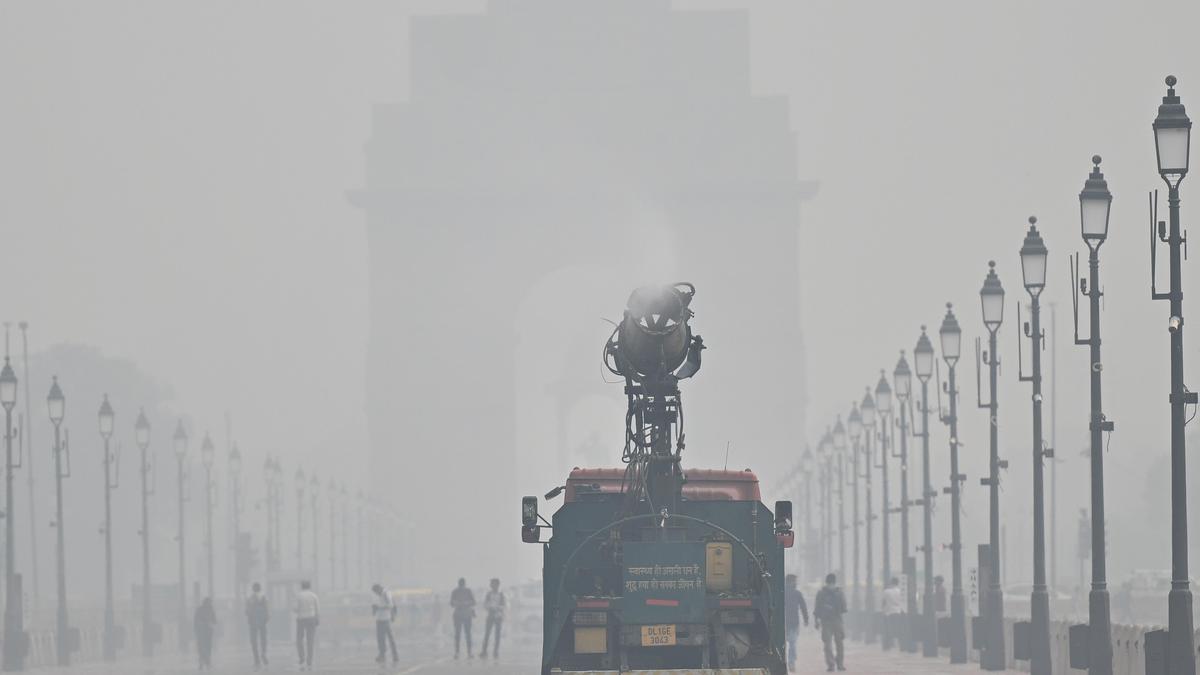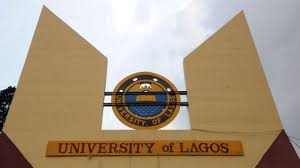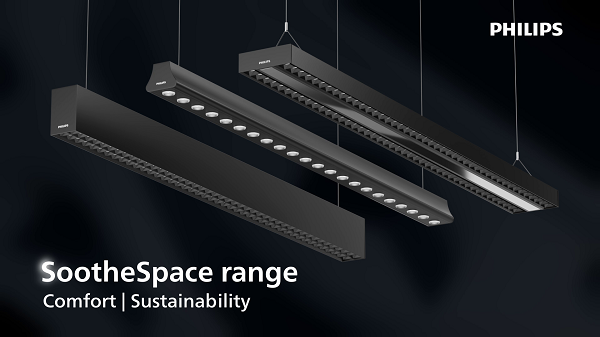Copyright thehindu

Teams of the Transport Department and Traffic Police fanned out across Delhi’s borders on Saturday as the ban on non-Delhi-registered commercial vehicles with BS-III compliance or lower emission standards commenced, amid a dip in the Capital’s air quality. The step follows the October 17 directive of the Commission for Air Quality Management in the National Capital Region and Adjoining Areas (CAQM) banning the entry of such vehicles into the national capital from November 1. It had issued the order as part of its plan to improve air quality, which slipped into the ‘very poor’ category on Saturday. Delhi’s 24-hour average air quality index (AQI) stood at 303 at 4 p.m., up from 218 a day earlier. According to official data, the pollution levels are expected to remain at similar levels for at least the next six days. The Central Pollution Control Board (CPCB) classifies ‘very poor’ air quality (AQI between 301-400) as likely to cause respiratory illness on prolonged exposure. The Central government’s Air Quality Early Warning System forecast said air quality is likely to remain ‘very poor’ till November 4. Joint deployment To enforce the latest ban, a senior Transport Department official said 23 joint teams have been formed in collaboration with the Delhi Traffic police. They have been deployed at major entry points, including Kundli, Tikri, Rajokri, Aya Nagar, Kalindi Kunj, Auchandi, Mandoli, Kapashera, and Bajghera toll points on the Dwarka Expressway, among others. “Approximately 50,000 to 70,000 vehicles below BS-IV standards will be barred from entering Delhi,” the official said. However, commercial goods vehicles registered in Delhi, BS-VI compliant, or those running on CNG, LNG, or electricity are exempt from the ban. A senior police officer added that multiple signages have been put up at border points, and posts on social media and advertisements have been issued to create awareness among transporters. “Strict action will be taken against violators found within the city limits,” the officer said. Meanwhile, Environment Minister Manjinder Singh Sirsa reviewed pollution control measures at Anand Vihar, one of the city’s most polluted zones. He directed officials to decongest roads, ensure buses halt only at designated bays, and operate anti-smog guns and mist sprayers during peak hours. Mr. Sirsa stressed the need for continuous monitoring across hotspots in the city. “Each hotspot has unique challenges and our teams are addressing them scientifically,” he said, adding that similar reviews are planned for Ashok Vihar and Punjabi Bagh. “Through proactive teamwork among civic bodies, enforcement agencies, and citizens, we aim to make Delhi’s air cleaner and healthier,” the Environment Minister said.



